Dot Variants (2016)
Janine Wong worked with Oehme Graphics in July 2016 to create thirty monotypes using processes of collagraph, silk aquatint and watercolor monotype.
Dot Variants 1—30 consists of thirty monotypes exploring composition derived from variations of chance, color and pattern. Inspired by musicians and composers John Cage and Johann Sebastian Bach, Janine explores theme and variation with color and space. She uses ideas from the 19th century color theorists, Michel Eugène Chevreul to investigate color balance, harmony, space and proportion.
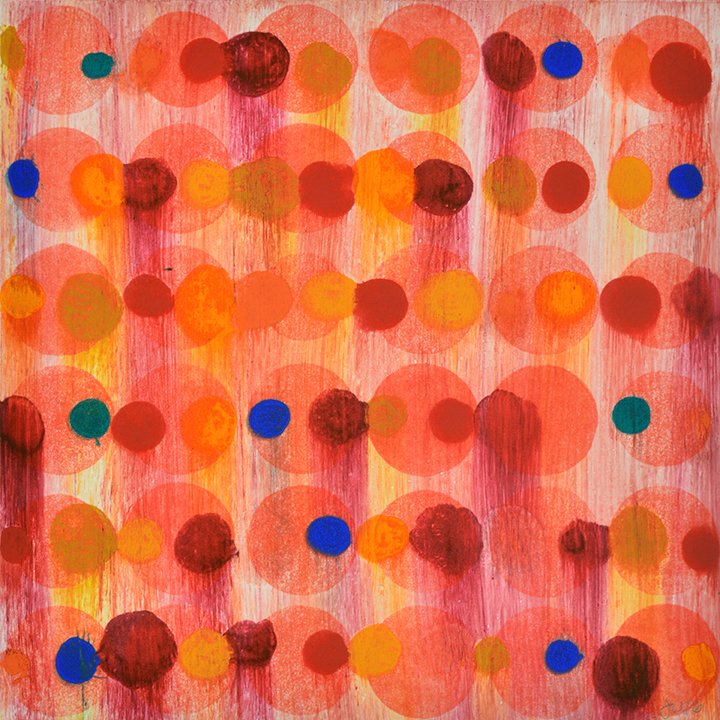
Dot Variant 1
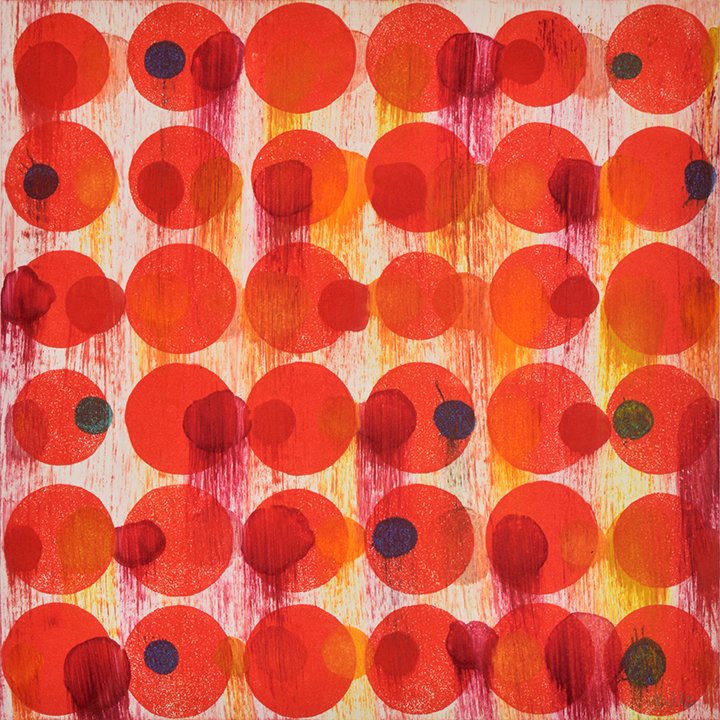
Dot Variant 2
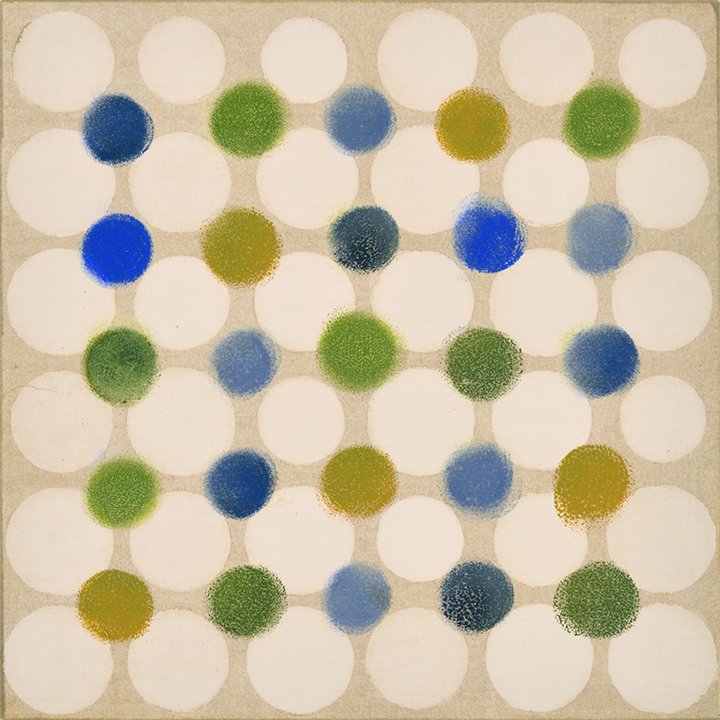
Dot Variant 3
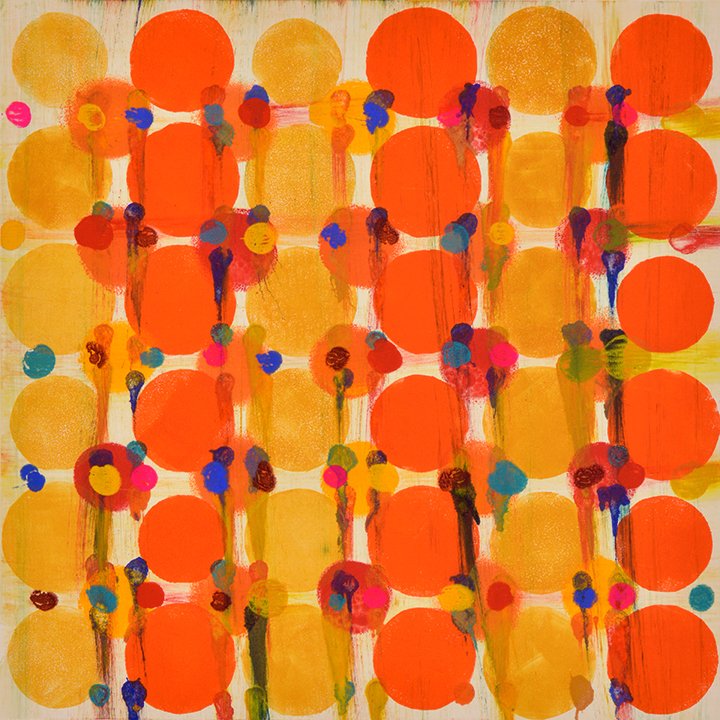
Dot Variant 4
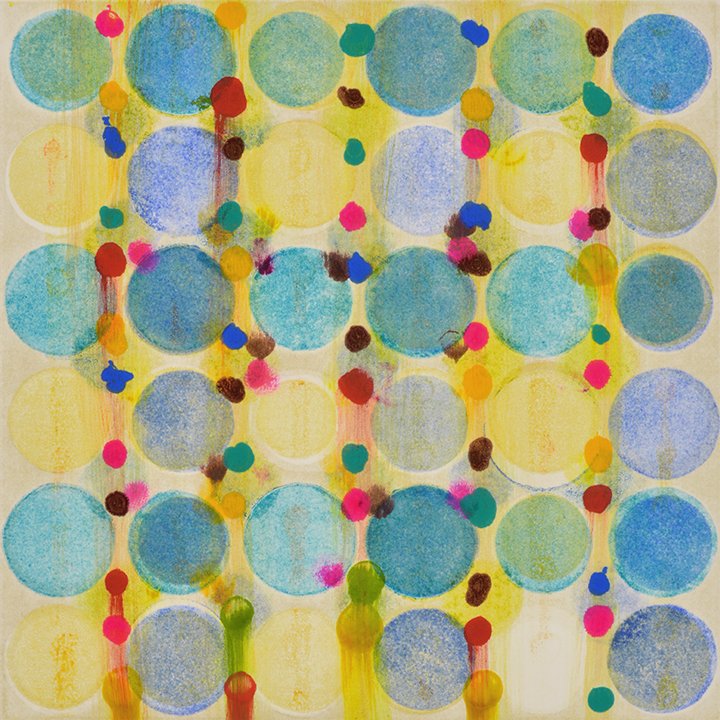
Dot Variant 5
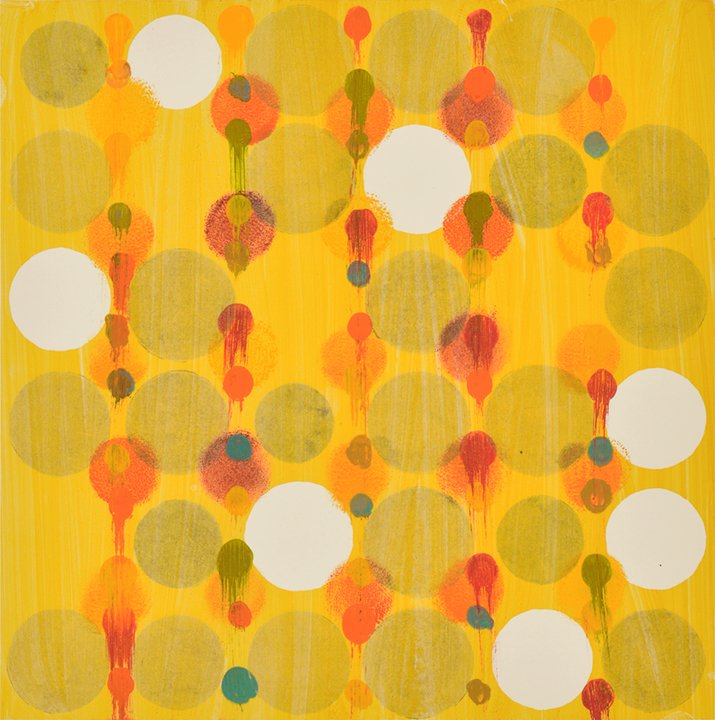
Dot Variant 6
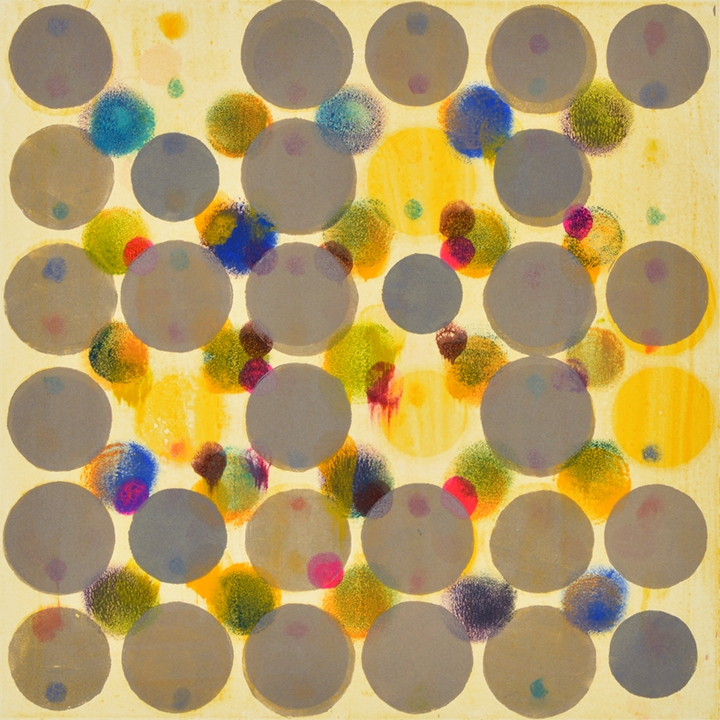
Dot Variant 7
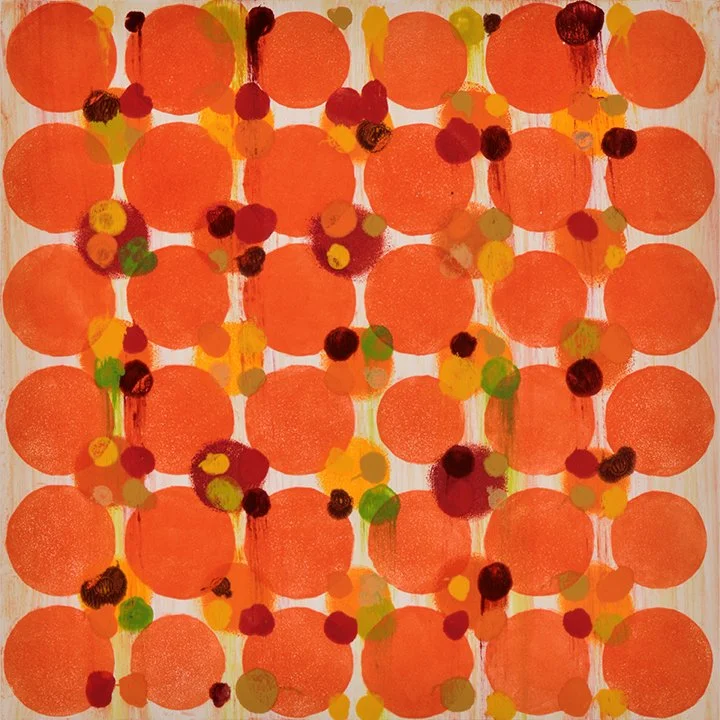
Dot Variant 8
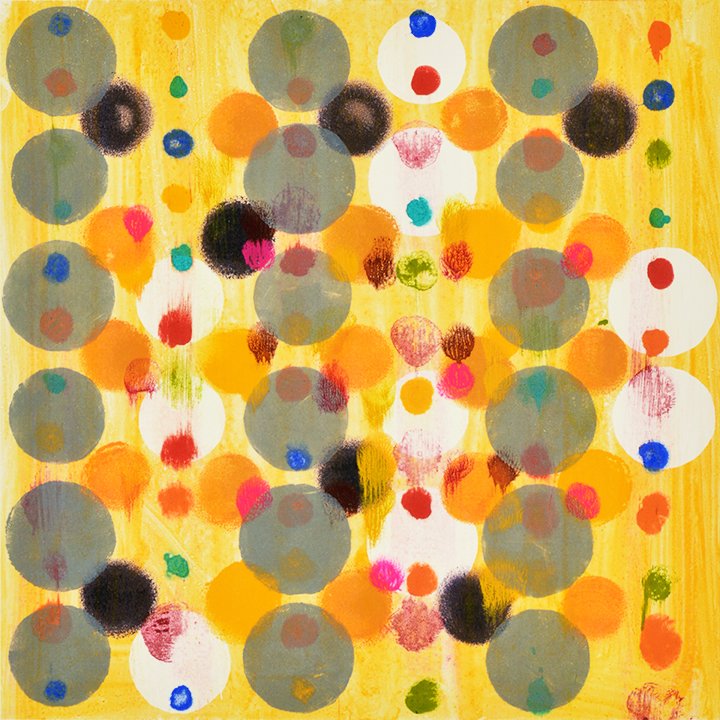
Dot Variant 9
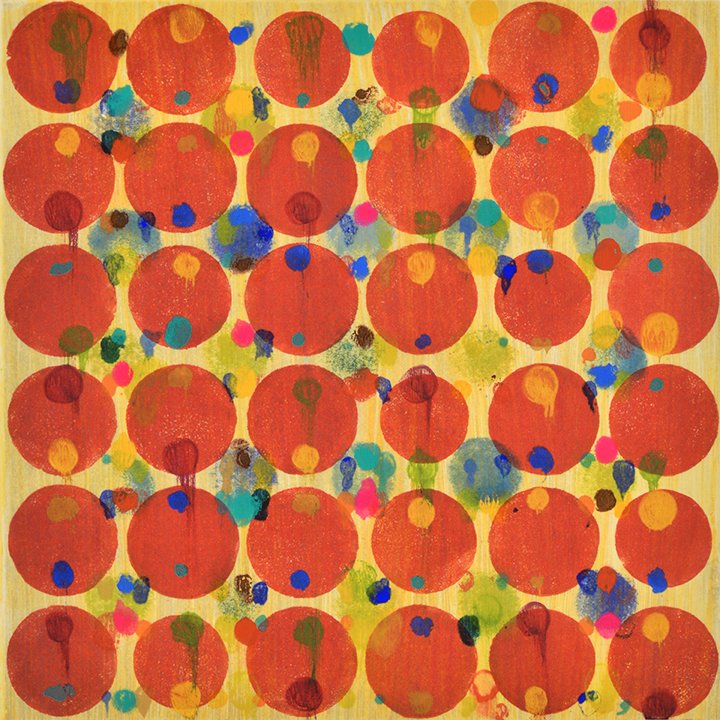
Dot Variant 10
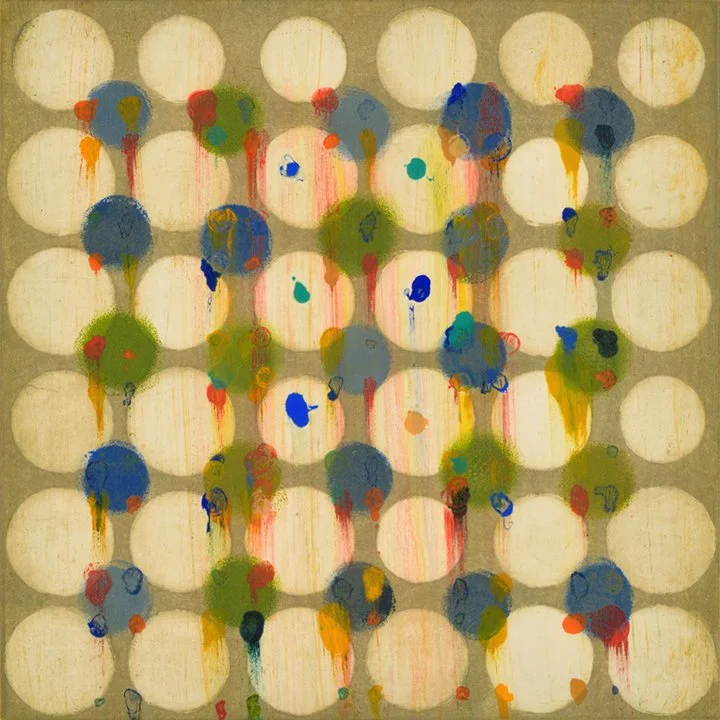
Dot Variant 11
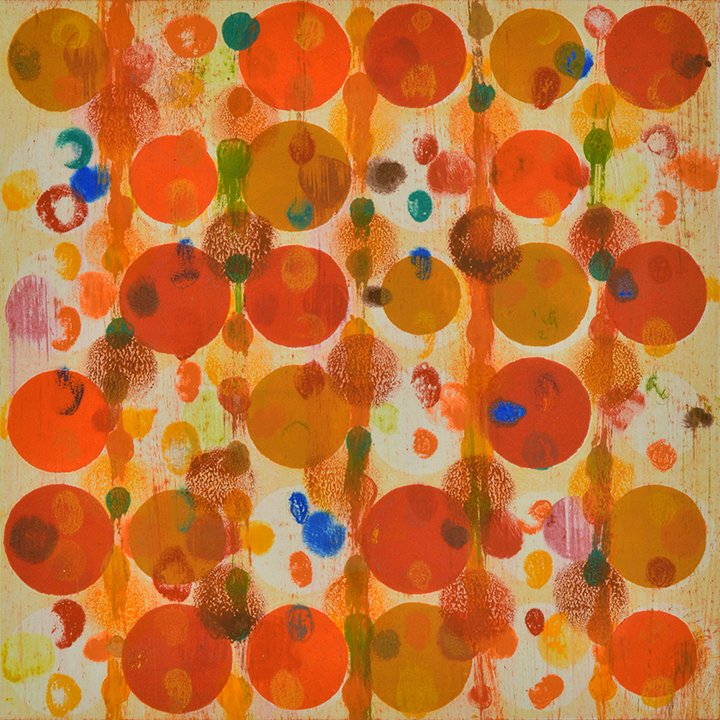
Dot Variant 12
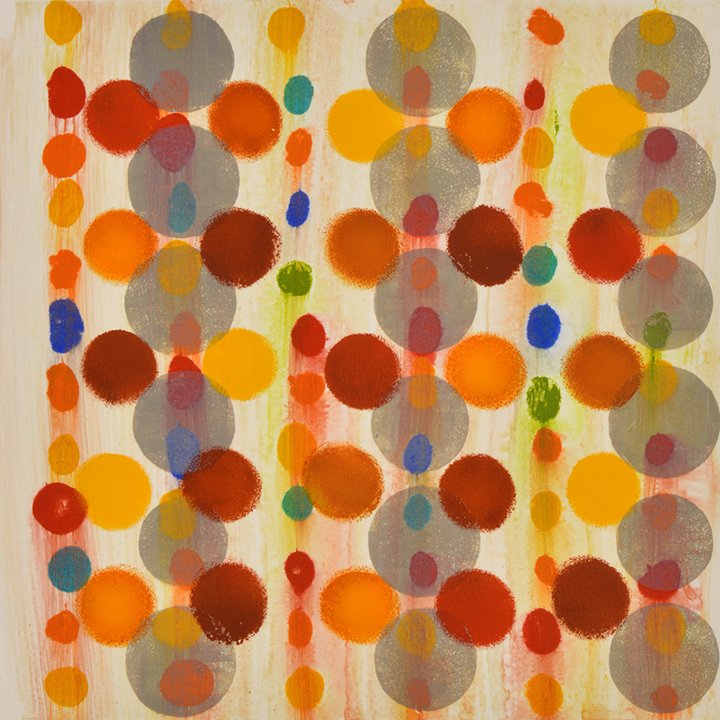
Dot Variant 13
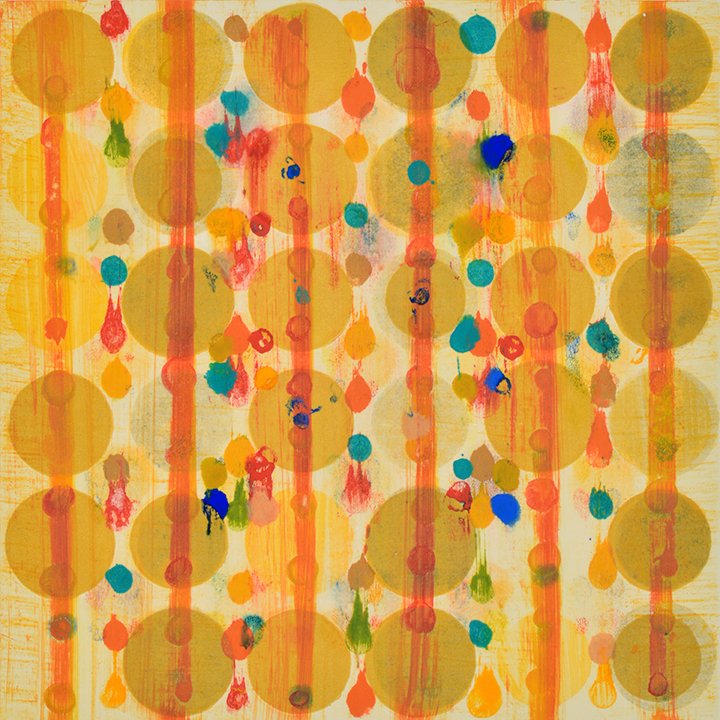
Dot Variant 14
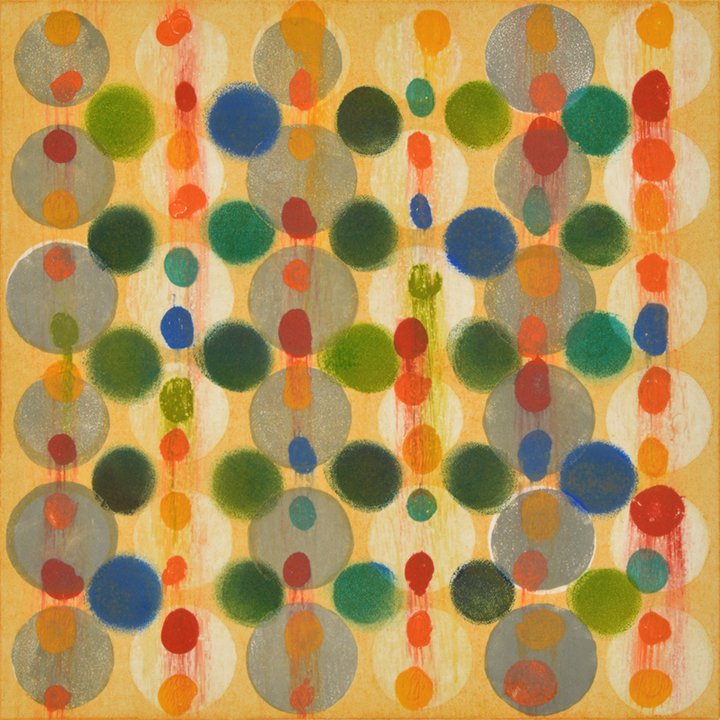
Dot Variant 15
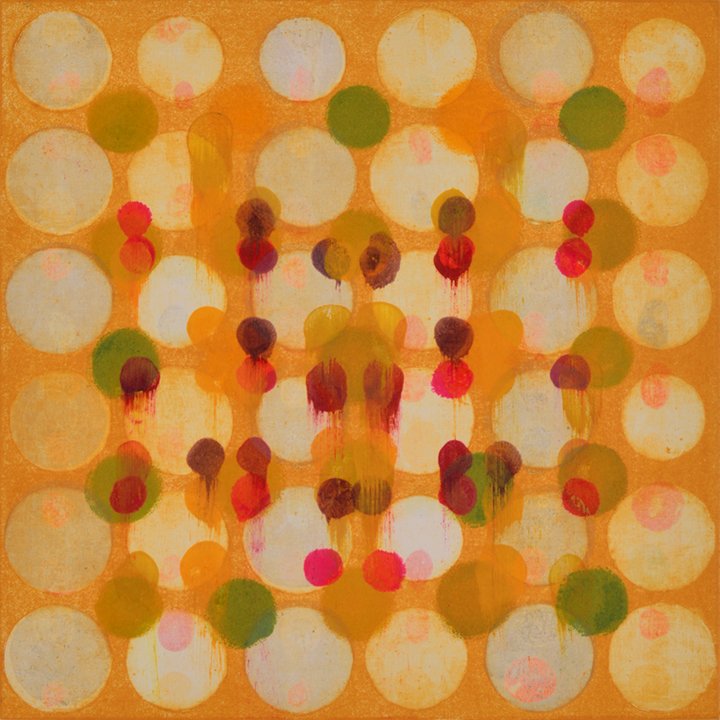
Dot Variant 16
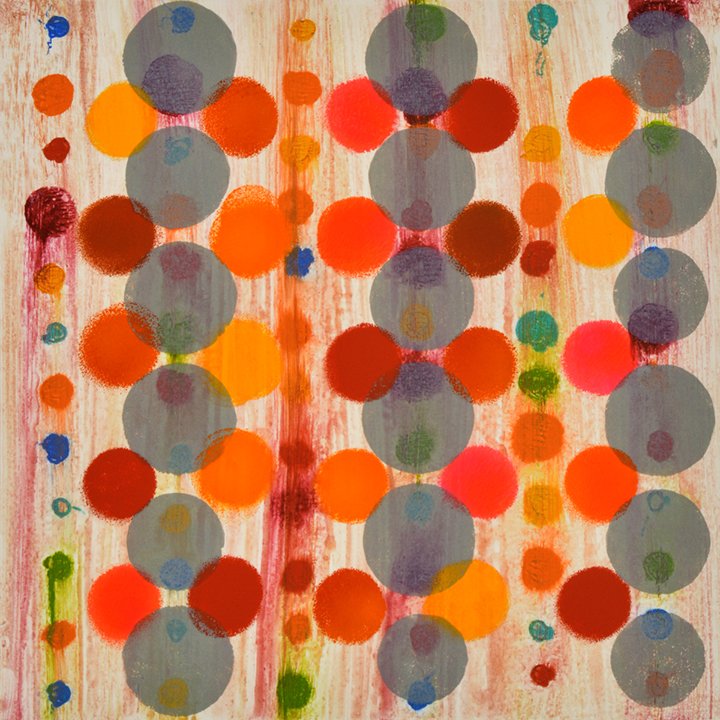
Dot Variant 17
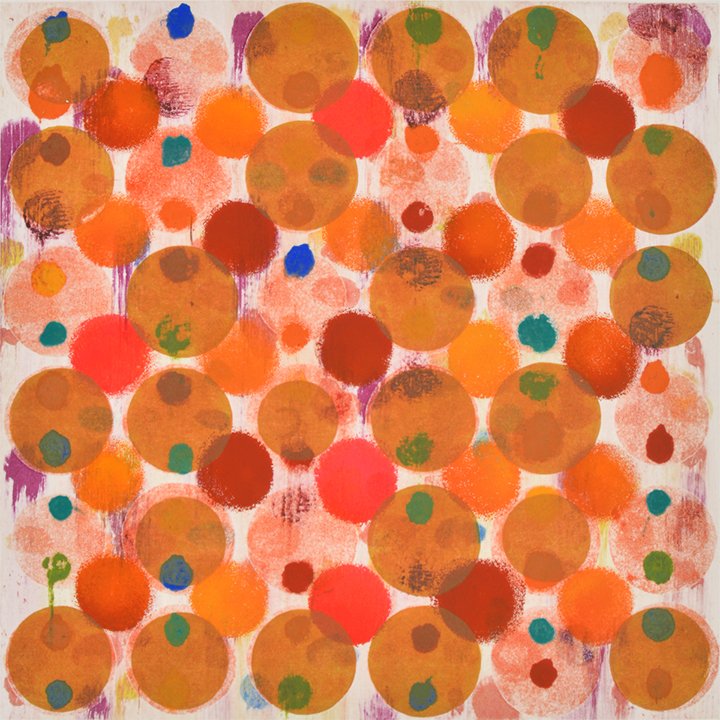
Dot Variant 18
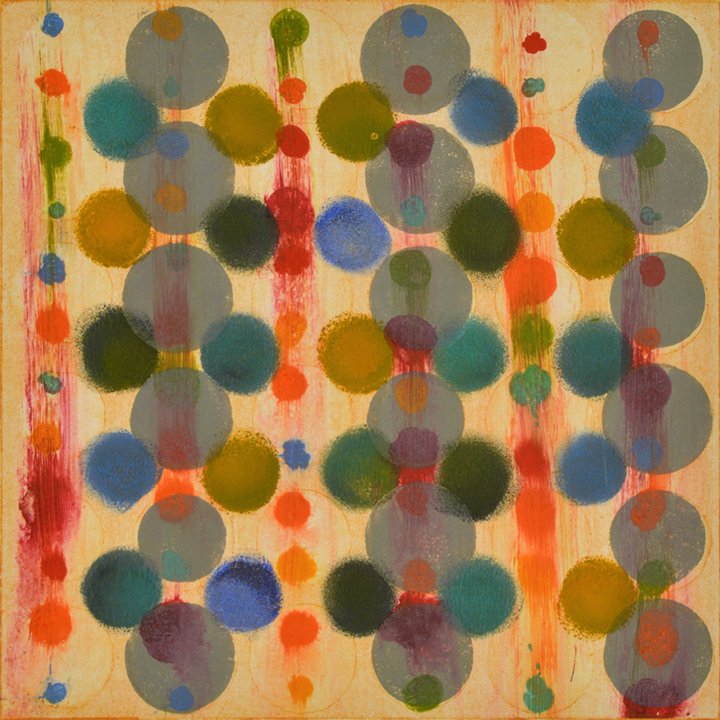
Dot Variant 19
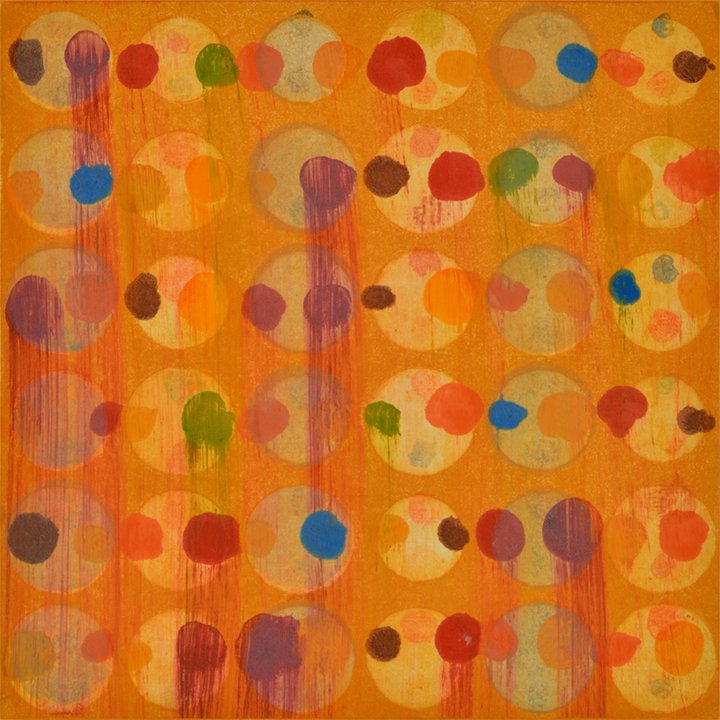
Dot Variant 20
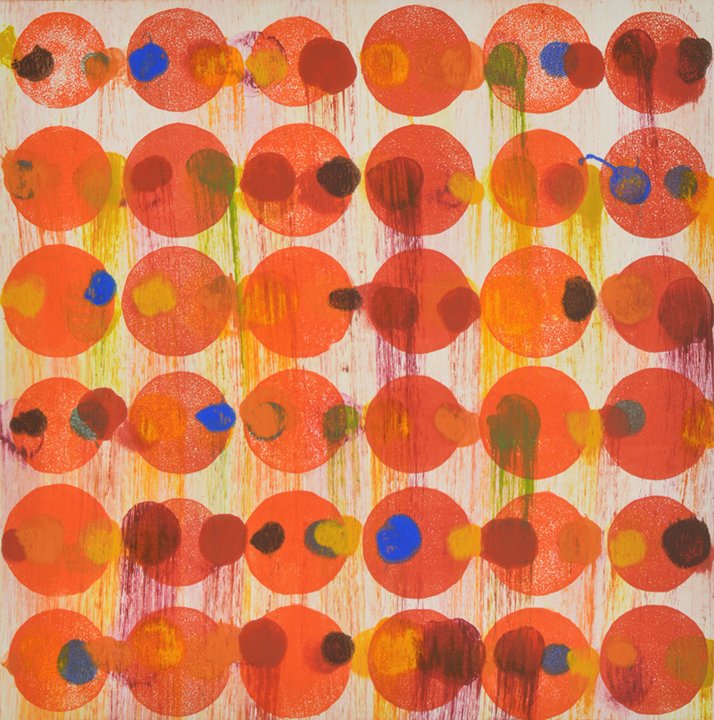
Dot Variant 21
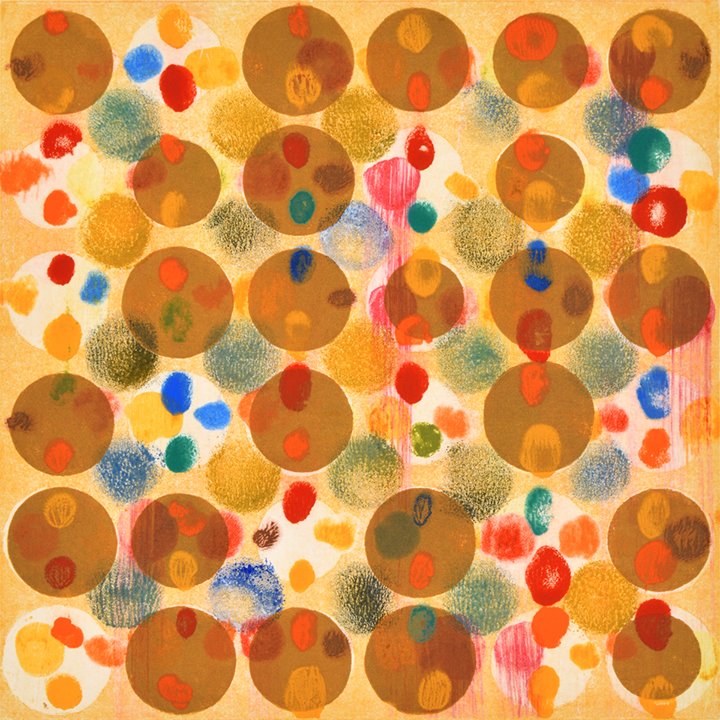
Dot Variant 22
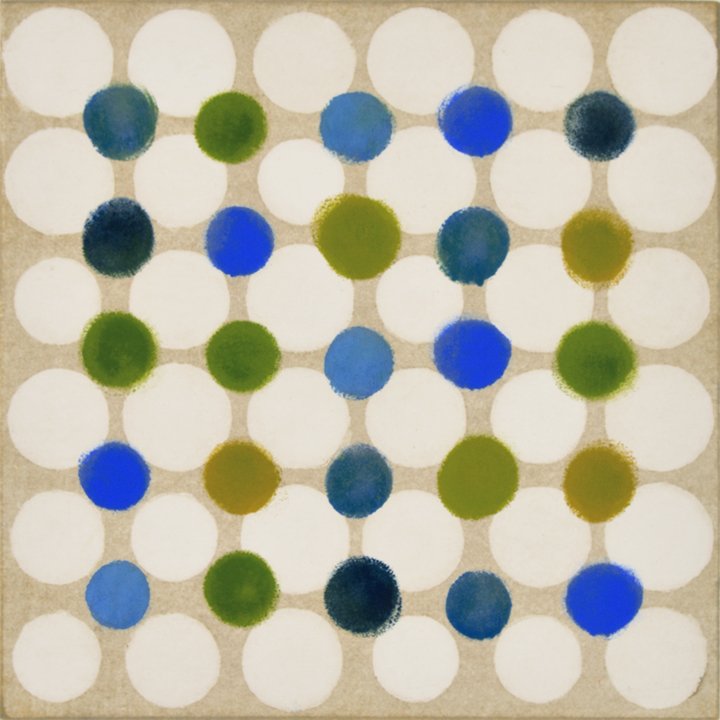
Dot Variant 23
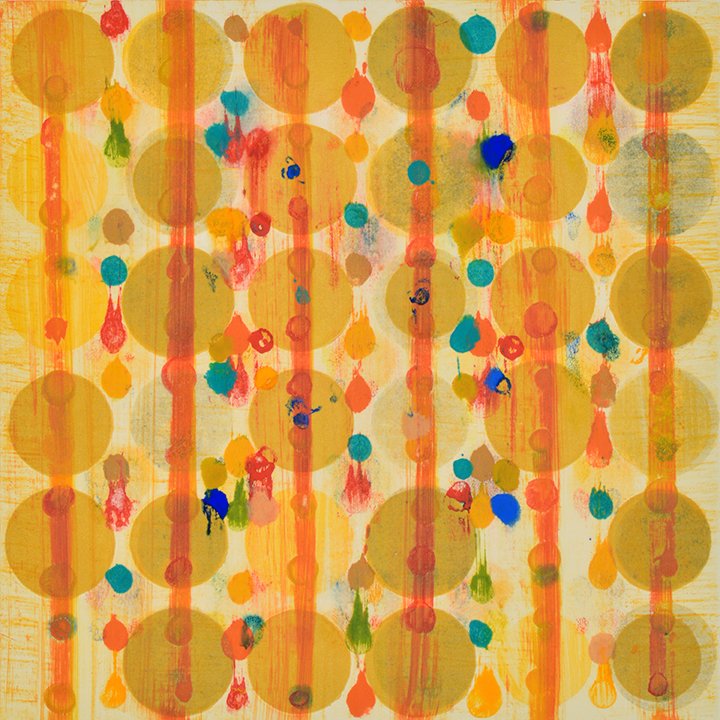
Dot Variant 24
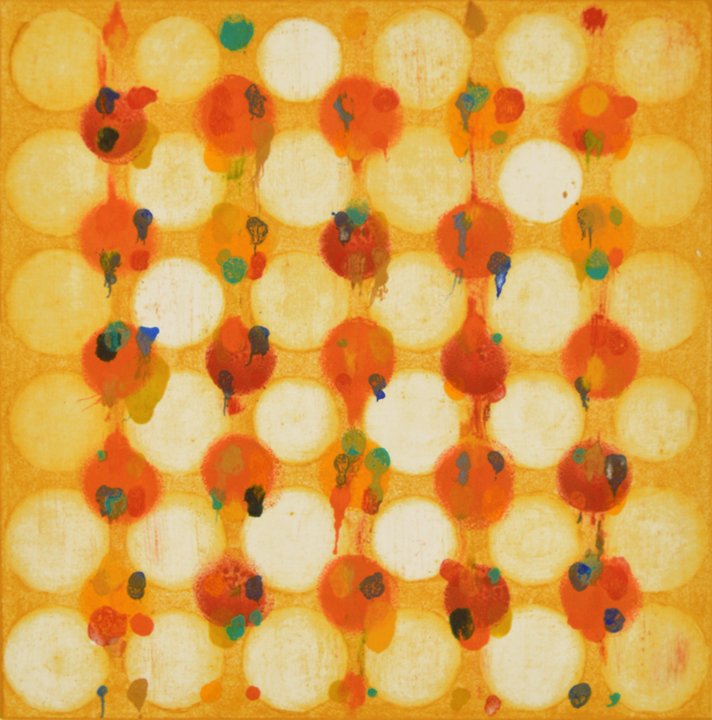
Dot Variant 25
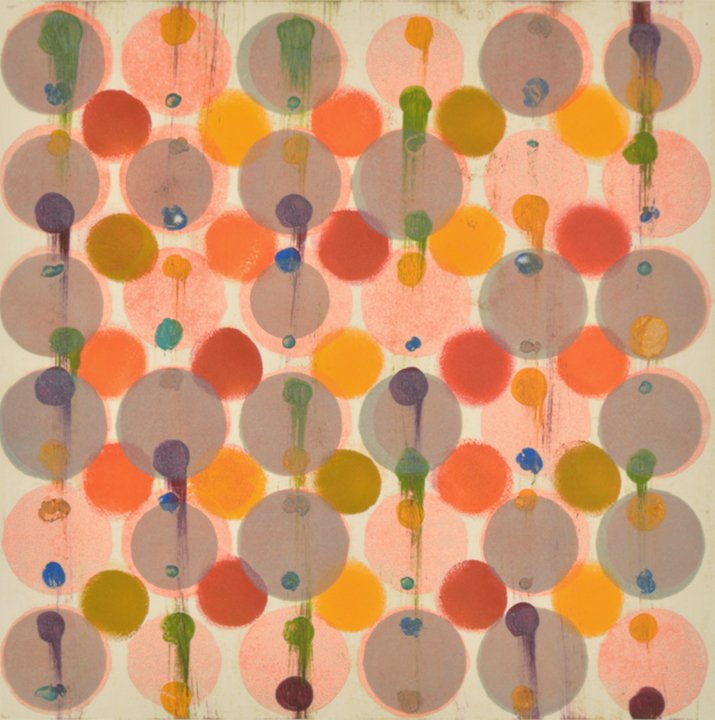
Dot Variant 26
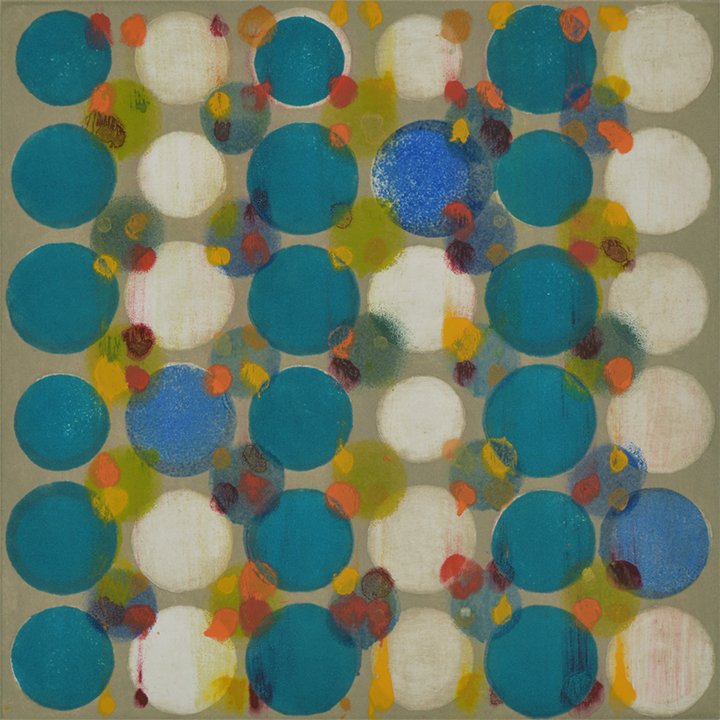
Dot Variant 27
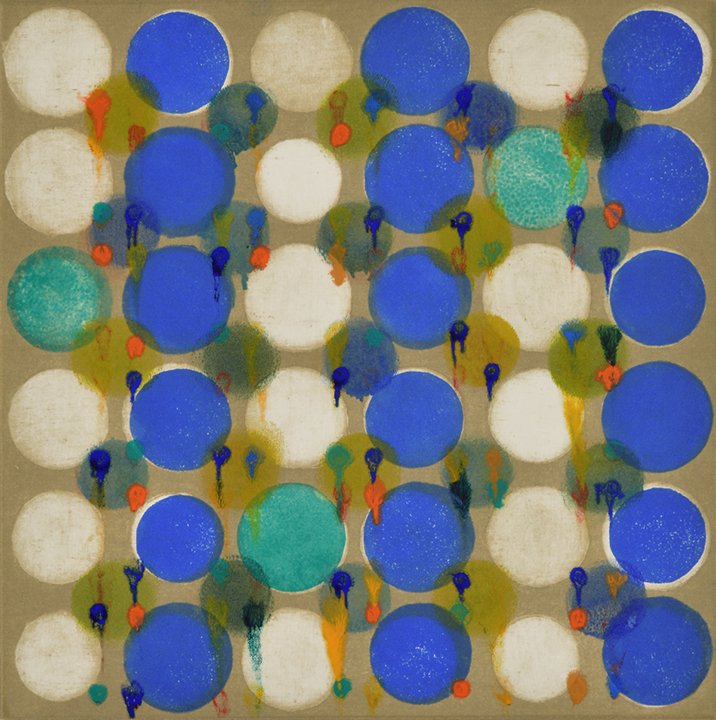
Dot Variant 28
Why abstraction?
Abstraction in art serves as a powerful means of exploring and expressing visual ideas. By distilling forms, materials, and colors to their essences, abstraction allows artists to break away from representational constraints and delve into deeper, more intuitive realms of expression.
In this context, color becomes a unique language with its own rules and emotional depth. It is intricately connected to our environment, emotions, and memories, enabling us to convey complex ideas and feelings that extend beyond the immediately visible. Additionally, it opens up the exploration of the medium itself, particularly the painterly print process of monotype.
Art becomes a journey of discovery and invention through abstraction, where color and form are not just aesthetic choices but also vehicles for exploring new concepts and emotional states. In this way, abstraction transforms visual language into a form of poetry or music, crafting experiences that resonate on a deeply personal and universal level.
